How to learn Locking dance as beginners
Hi everyone! Welcome to Free Movement’s YouTube channel.
Sandra: So today we have Bryan Kang who is a Locker, and my name is Sandra. So today we are actually going to talk about this topic, which is on Locking as a dance form. So Bryan is actually teaching Locking in our Free Movement Dance Studio. I’m very very blessed that Bryan is actually able to come here and share more about Locking. There are just some questions that I know a lot of people ask a lot and I do too. I’m just going to bombard Bryan with it... and see if he can actually share more insights about Locking. So, do you want to tell us more about your background as a dancer and in Locking?
Bryan: I started dancing the year that Michael Jackson passed away... sounds grim right? What happened was I entered CJC, totally never danced a day before in my whole life, then so happened it was the year he released This Is It: The Comeback Tour and everything. And I suddenly asked my mom, “Ma I want to join dance.” She gave me this look... “oh, okay hor, go lah, it’s good for you what!” I was like, okay I’m going to do it.
Locking wise I started in Funk Movement. I was exposed to this 2005 video called Battle Of The Year: Hilty & Bosch featuring Co-Thkoo. They are 2 poppers and 2 lockers. They did a showcase, I was blown away. I was like, how can 2 people look like they are exactly the same person? Hilty & Bosch they wore exactly the same things, they are similar built Japanese guys, their locking is so coordinated, I was blown away, it was so beautiful.
So like everyone else, I went on YouTube for tutorials, couldn’t find any decent ones, but I kind of copied moves here and there. Until I went to Funk Movement, then I met Winston Cheong my first Locking teacher. Since then it’s been teacher after teacher, lesson after lesson, showcase after showcase, and then I’m here at Free Movement!
Sandra! Yay! So actually I’m really really lucky to have met Bryan, because also not too long ago it was also my first time trying Locking! And I think a lot of people have the same questions as I do. Can everybody Lock? Is there an age limit? Do you need a background? How do you even start if you want to know more about Locking?
Bryan: Firstly, fun fact about Locking: it is a dance style, but it was created by a non-Dancer. Don Campbell, the creator of Locking, may he rest in power always, he was not a dancer. He was a painter, an artist. And he screwed up the most simple step in the world and that birthed Locking. It was a 2 step movement with up and down, and he forgot what to do after going down! Then everyone else was like, “That’s fresh! Okay that’s cool, what do you call that?” “The Lock.” The birth of Locking.
No age limit required to start Locking, none. I think the youngest Locker in Singapore I’ve seen is between 4 to 6-years-old. It’s very kid friendly because the steps inherently are very simple, they are not complicated. In fact, a lot of the steps are exactly what they look like. So if I tell you to clap, then you will clap. So in Locking, a clap is a clap, the move is called a clap. It’s really like that! So if I tell you to point, point. Sandra, you attended your first lesson right, so I taught you to point; how I teach point, point at the camera lah... okay done, that’s point! So the moves are very very simple.
Sandra: It doesn’t sound that difficult, right? But I think a lot of people also have questions like, how do you move that way? Because I think a lot of people don’t have that kind of groove or rhythm, how do you get into that whole stance?
Bryan: When you really break it down, there’s this thing called the four foundational pillars of Locking. I’m not going to go into the details because it’s very “academish”, but one of the four is called style and grace. Which is basically you become more graceful in the movements you practice a million times. So evolutionarily speaking, as a psychology student, when you were first born you didn’t know how to walk. But over time you learned how to walk, you practiced, and now everyone can walk very gracefully as you age. So it’s the same thing in Locking. I feel that the “seh” comes from confidence, so confidence is key. The first time you learn how to Lock, you’ll be like, my butt is sticking out a little bit, my elbow is kind of not high, my wrist is kind of broken... until today my teacher Bryan Lee says, “Your hand ah, very stiff!”
Sandra: Bryan (Lee), if you’re listening to this, that’s his impersonation of you!
Bryan: It’s true! He will just say, “Cannot lor, your hands can...” (slap the forearm). Then I adjust. So over time you gain your own confidence in your movement, so when you practice in front of a mirror, you look at yourself and go, “Well actually I kind of like this, I think I look cool.” And over time that’s when your “seh” just naturally develops.
Sandra: So in a way it’s kind of like having your own style?
Bryan: Yes. It’s a dance maturity.
Sandra: I guess in a way it’s perfectly okay to “screw up” first? Haha.
Bryan: Locking is a dance created from a “screw up”!
Sandra: Actually it’s kind of good to “screw up” first in dance, right? That’s how everyone learns for dance. I do have another question for you which is, what do you need to wear to Lock? Okay I know that you’re a guy, but as ladies or as women or as children, what do you wear to Lock? I think it’s an important thing. And also, do you need shoes, or are you doing it barefooted?
Bryan: Locking is a street dance. So off the top I’m going to say that shoes are necessary! Please, for Heaven’s sake wear shoes. Because for locking… I mean, steps are steps, you might have to do stomping, you might have to do stunts. Because of the impact on your foot, it’s not healthy if you go at it barefoot. So, it’s better to wear shoes. If you ask what kind of shoes, that’s the question. Running shoes tend to not be very good because they will curve a little bit, and then they are usually geared towards frontal movement… the way the soles are designed it’s more for frontal movement. So when you have your slides, when you slide side-to-side, it’s a bit cumbersome. Usually a lot of street dancers in Singapore, what you see them wear are sneakers. Your Adidas Gazelle, your Puma Suedes… generally along these lines. You tend not to wear dress shoes like formal leather shoes for dance, unless you’re wearing it for a show then you need to look good. But apart from that, any shoe that you’re more or less comfortable with, you can dance in. You just need to know that they protect your feet, that’s all.
As for clothes, Locking was born in that era when you’re going to see… if you see the original “The Lockers” on YouTube, you’re going to see neon-coloured 7 people on stage, all purple, all pink, all yellow, all orange, all red… they look like Power Rangers!
Sandra: Wait, so the top and bottom is like a matching set?
Bryan: Yeah! TV show right? Entertainment! So they did that. That’s just styling, but if you just want to learn Locking as a dance, honestly clothes that you’re comfortable in is great. Pants that can stretch… please, pants that can stretch. But apart from that, any clothes that you’re comfortable dancing in. In Singapore a lot of people are into the baggy t-shirt, track pants, sweat pants that kind, that’s fine. But if you come up to shows, then your costume will have a part to play for sure.
Sandra: Do you think Free Movement should come up with neon sets of clothes for Lockers in Singapore?
Bryan: If I were to be real, if Free Movement does it, that will be dope!
Sandra: We’re going to do it!
Bryan: Because in today’s show context, people wear this thing called the Zoot, which is kind of like a men’s formal wear but really baggy. So you have your 3-piece suit, your pants that the groin rides down to maybe halfway down your knees, and the jacket is so big that the back is basically like a trench coat. But it becomes very flat when every show you have your more “street performances” where people wear their t-shirt and track pants, then you have your more “classy” shows where people wear your 3-piece suit.
Sandra: Let’s localize it. So in Singapore, what do Lockers wear?
Bryan: You either wear the Zoot if you’re really trying to dress up for a battle, you’re going to see someone go down there in Zoot pants, wing-tipped shoes, dangling a handkerchief down the side, and they’ll maybe wear a vest. Sometimes the vest and the pants don’t match because they came from different shows, so that’s that. Something that I do really want to call out though, her Instagram is @girlinboxers. For a lady, she dresses really well for a battle. So she wears very flowy looking pants which complements her style. It really brings out the dance dress very well. Generally what I don’t see in girls: they don’t wear tights. Their clothes tend to be a little bit on the roomy, baggy end, so that they move when you move.
Sandra: So you need cloths that move when you move.
Bryan: Yeah.
Sandra: So, moving on from that, do you think during this time… because we know that a lot of people are stuck at home, all of you guys watching now are probably at home, and I think that’s cool because we’re doing what we can to make the situation better… but for everyone that’s at home right now, are they able to learn at home? And can they just learn it as a family, or as an individual? How much of a space do people need? And what are the basic things that you actually see?
Bryan: Let’s address different parts of the question. The first one is can you do it at home? Yes. A lot of the movements are very static. Because Don (Campbell) wasn’t a dancer; his hand movements and whole body are stock still, it’s stiff. So he looks like he’s basically posing. So you can do it at home. You don’t really need a lot of space. At most you just hold out your arms like that (to the side), then after that spin one round, then if you hit nothing, you’re good to go.
Can you do it as a family? Definitely. So I understand from Free Movement Dance that you try to create tutorials that try to catch as many people as possible, to try to spread the love of that particular dance. But factually speaking, I can’t be teaching kids and adults in the same video, right? So what I’ll do is I’ll make it as simple as possible. Adults if you can it’ll be a great chance for you to bond with your children. Do it together! Do this art form together, teach them what you’ve absorbed, and honestly I feel that the benefits of learning dance when you’re young is really great.
Sandra: So actually, are there any platforms where people can look for music that’s specifically for Locking?
Bryan: Locking is a dance genre. There is no music genre called Locking. But when Locking was created, it was danced to Funk. If you just go on to Spotify, and you just search “Locking music playlist”, you’re going to get a lot. Then if you go to YouTube, also have, Locking music compilation 1 to 9 that kind of thing, confirmed have. As for myself, I think what I will do is in my own way, I will create a Locking music playlist as well, and as part of the tutorials when you get the videos and links, I will also share that Spotify playlist link, so you can just click in and access the music.
Sandra: So Bryan has also very kindly offered a way to continue to share his love for Locking. I think so far when I’ve attended his classes as well, I found it really funny because my own dance background has been more for Jazz, Ballet, Contemporary, and things like that. But when I went for Locking, I thought that I was going to die. I realized that the fun part for me was really more of breaking the form. But I think that for others who have not danced before, it was really interesting because you’re moving different parts that you don’t really realize that you could move, or how simple it actually is to move that. I think the other day, Kenny was also saying, “You should remove your watch.” I was like, “Huh, why? My watch can track steps you know?” Then he was like, “No no, because you know why? Locking got a lot of wrist movements.” So I was like, oh yeah I didn’t think about that! And I think that’s the cool thing about dance classes, when people can share with one another, not just from the instructors, but between one another. I think that’s the beautiful thing about dance.
So in our Free Movement dance classes here at the studio, we actually come to a point of time when we really want to introduce the different genres of dance as it is, and for anyone who either has not tried the dance before, never danced before, or just want to try something new. Because I think that’s completely something that we can do to continue the love for the art. Of course during this time, it can be a little bit difficult because we cannot have the physical classes understandably. But, right now Bryan has also come up with his own series where you can actually do it (Locking) at home, and you just follow on the videos, and he would talk through the different movements as well. You can definitely do it by yourself, or as a family. And I think it’s also appropriate for any age, right?
Bryan: I don’t know how young I look on camera, but I’m in my mid to late 20’s. So the way I teach tends to be a bit more like, “ra-ra” which might be more suitable for those from tertiary institutes kind of age all the way up to adults 40-years-old even. That’s just the way that I teach, but the content and breakdown, definitely anyone can understand it, trust me. Even your Primary School kid can understand what I’m saying, confirmed.
Sandra: The other thing that I feel is so good is that when Bryan was first sharing about what Locking is, he never once said that Locking is a particular genre that you have to do a certain way. And I think that’s really a good way to express it. Because Locking in itself… you (Bryan) do Soul as well right, and he actually does have a little bit of his own style where he actually fuses the different types of it. So one thing dancers generally feel is, “If I do Jazz, it must be the Jazz way.” Or, “If I do Ballet, it must be this proper form.” Or, “If I do Contemporary, I would want to break form even more and move more.” But then I realized that actually, to dance Locking or for most street styles you can actually fuse your own styles in it. If whatever background (or no background) you have, just fuse your own style in it, whether it’s facial expression, arms, and things like that. So it’s your own style. I think Locking is a great start for beginners, right?
Bryan: Locking is a very good start. It’s a little bit different because most of the classical dances and art forms, like you mentioned Ballet, there is a textbook, there is a right and wrong, and there is a syllabus to follow through. For Locking and most street dances, there is a reference. I can tell you this is the way the Koreans did it, or the way the Japanese did it, but in the end is it the way that you do it?
Sandra: So I just want to say thank you so much Bryan for taking the time off today to be with us and to share so much about Locking and your love for it. You can see his enthusiasm right? It’s quite crazy! So if you do want to look out for more information about his classes, please click on the link down below (facebook.com/freemovement or instagram.com/freemovementsg), so you can just check out what the different basics that Bryan would usually do for your classes.
Bryan: So I think Free Movement has a really wide range of dance styles. Usually you have studios that teach street and then it’s all street, or studios that teach all classic. Free Movement has so many instructors. My goodness, when I joined this team: Flamenco, Chinese Dance, Ballet, Street Jazz… all renowned instructors in their own right. So if you like what we post up, like, subscribe, tune in to more, listen to the other instructors and hear their insights. Who knows, you might find a story that resonates with you. Then of course, go down to our link down below for Free Movement’s site, so you can have access to all our videos and tutorials as well. Stay healthy, keep dancing, and maybe we’ll see you in class some day.
Sandra: Yeah! So we’ll see you soon. Please subscribe down below, and stay safe everyone! Bye bye!




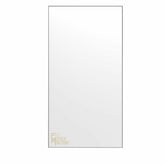

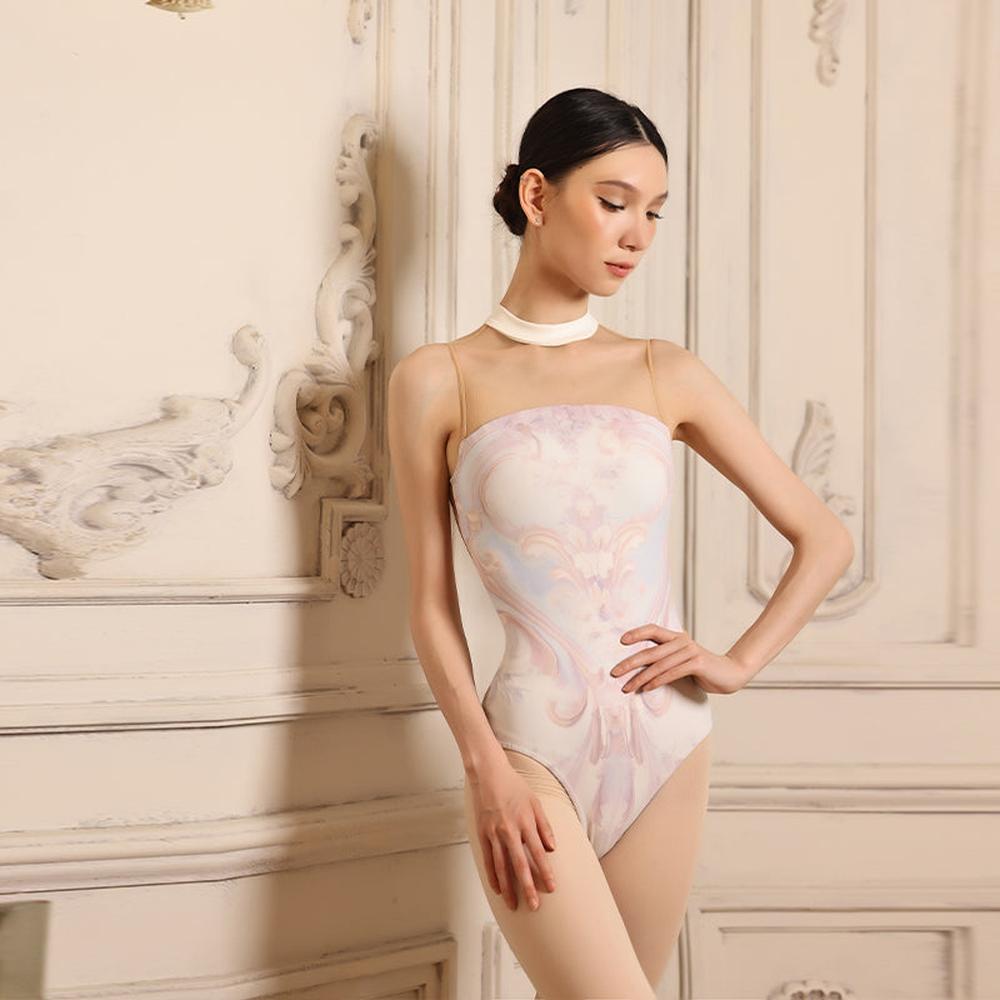
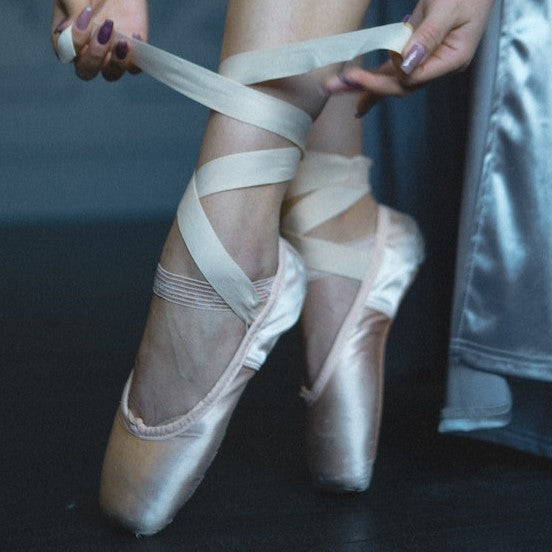
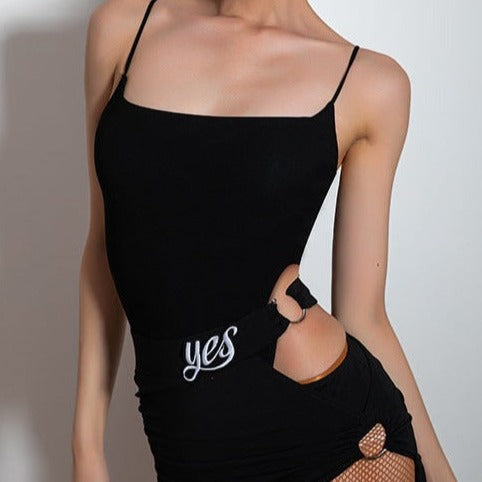
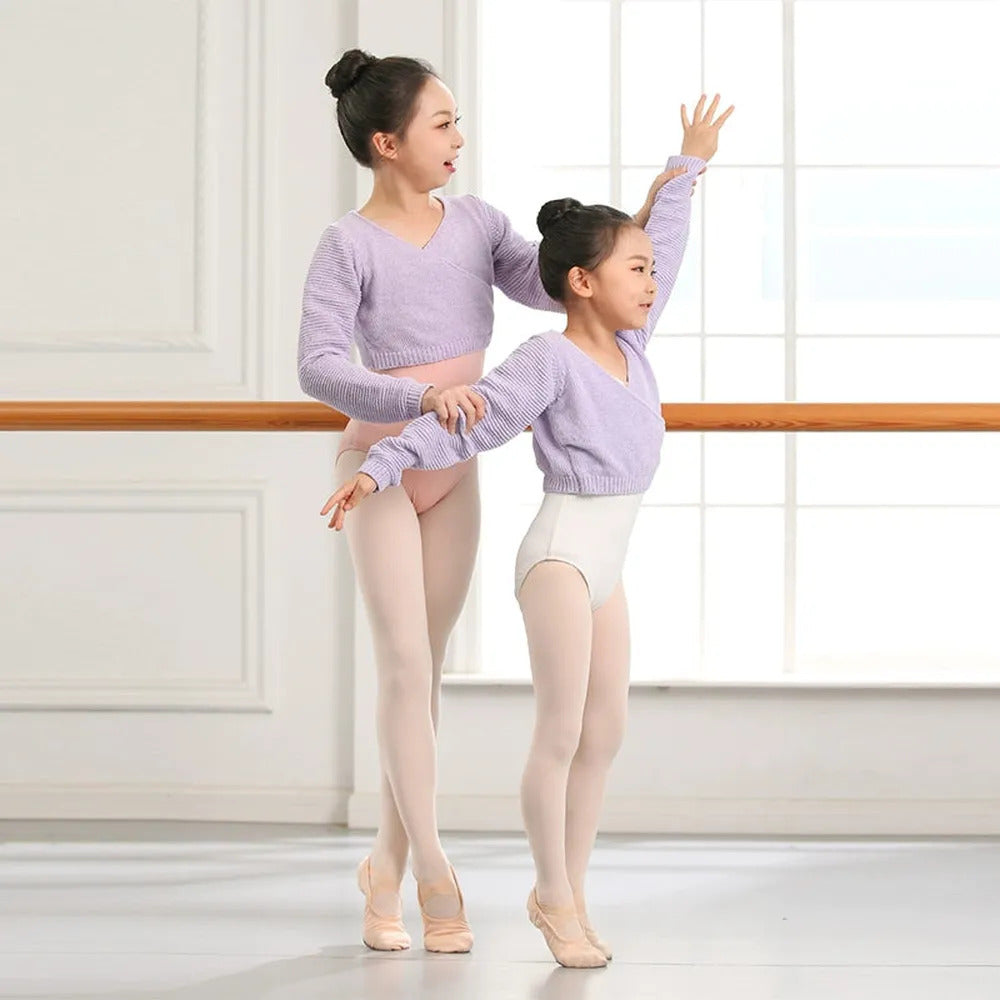

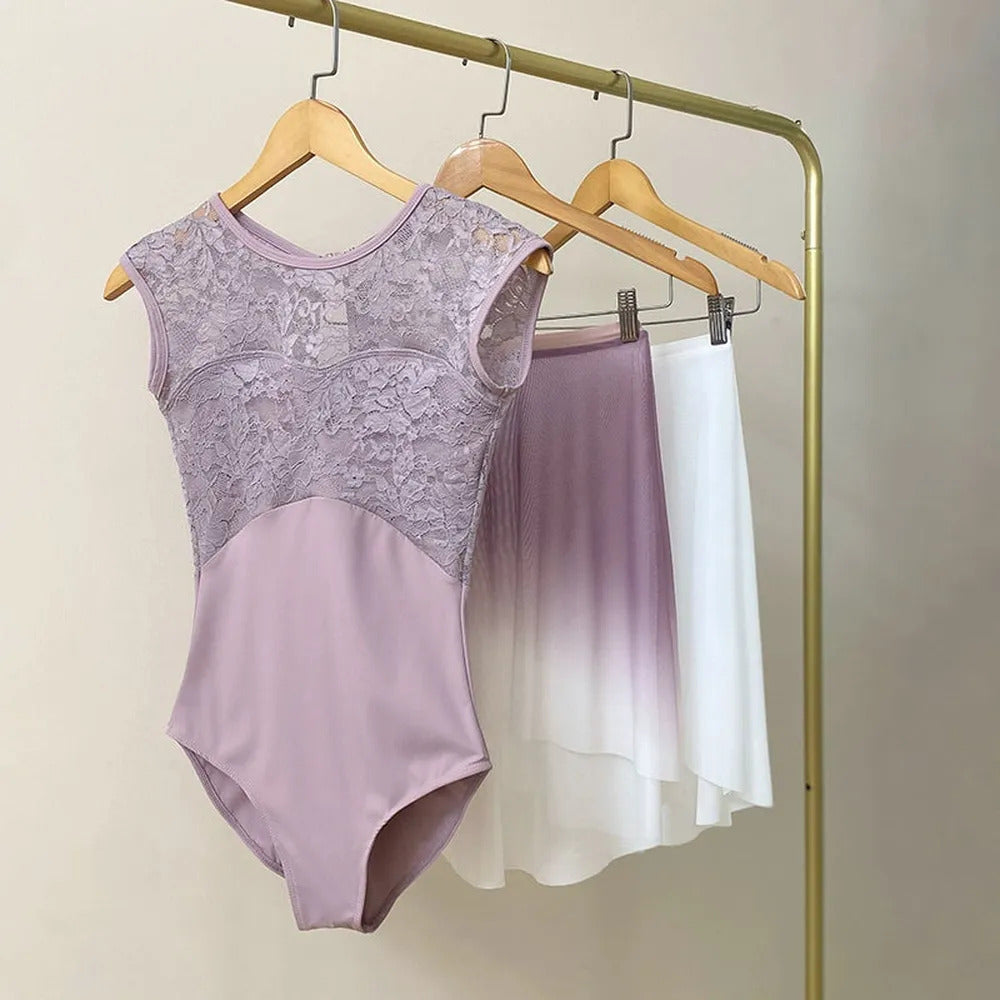
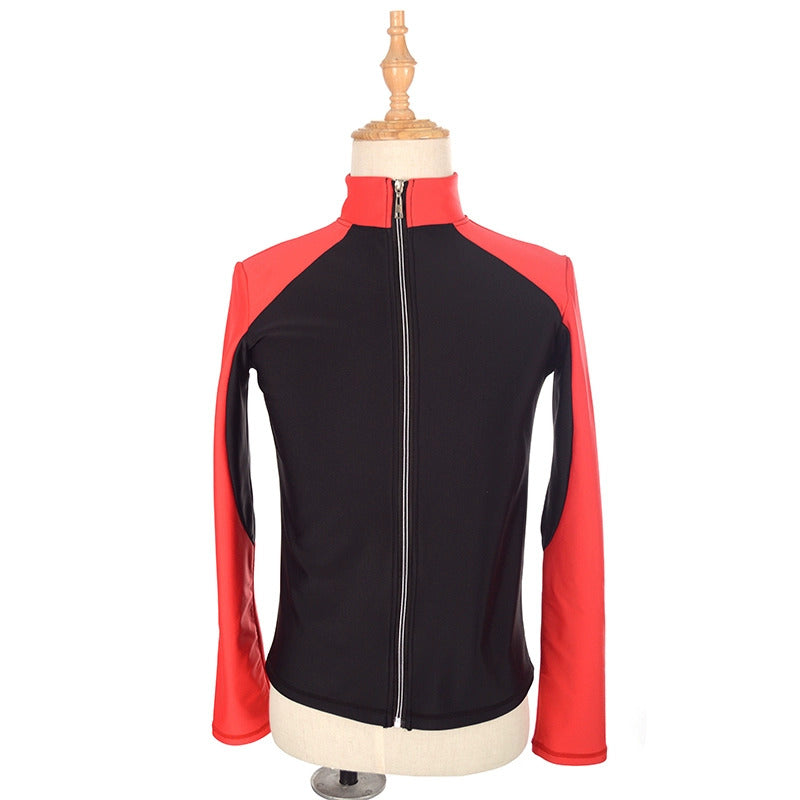
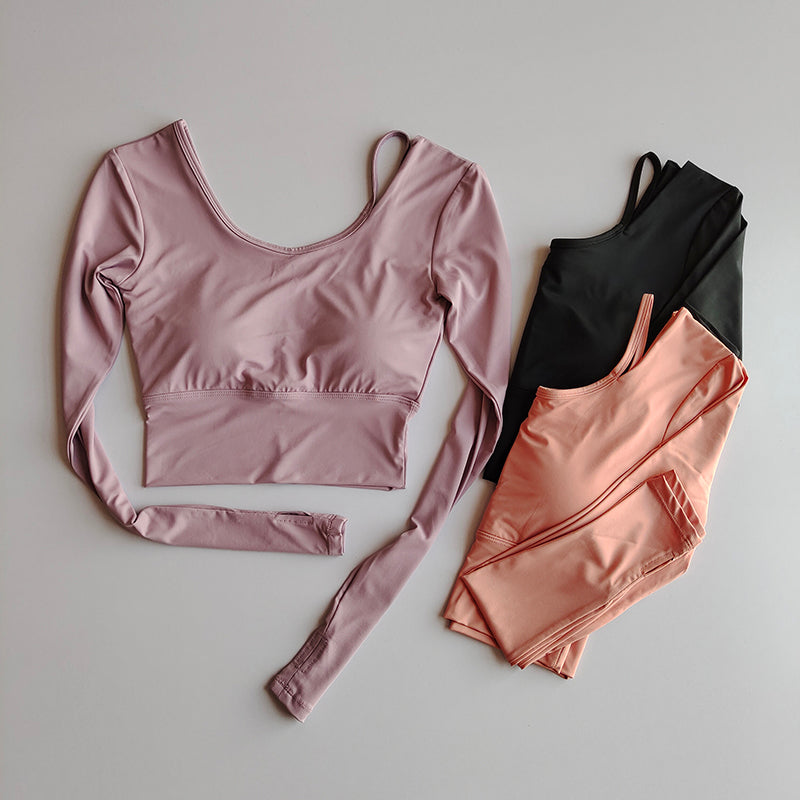
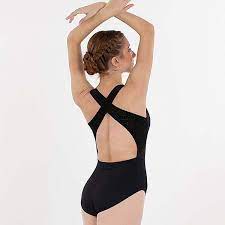
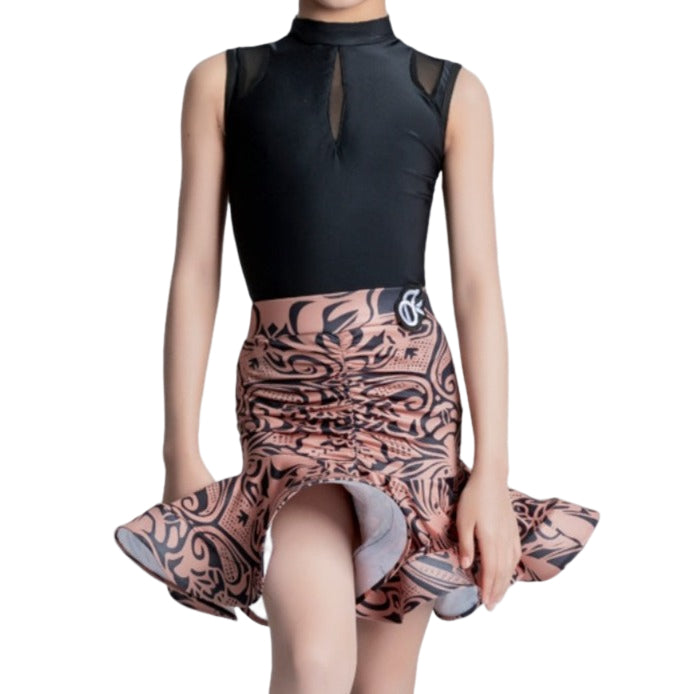
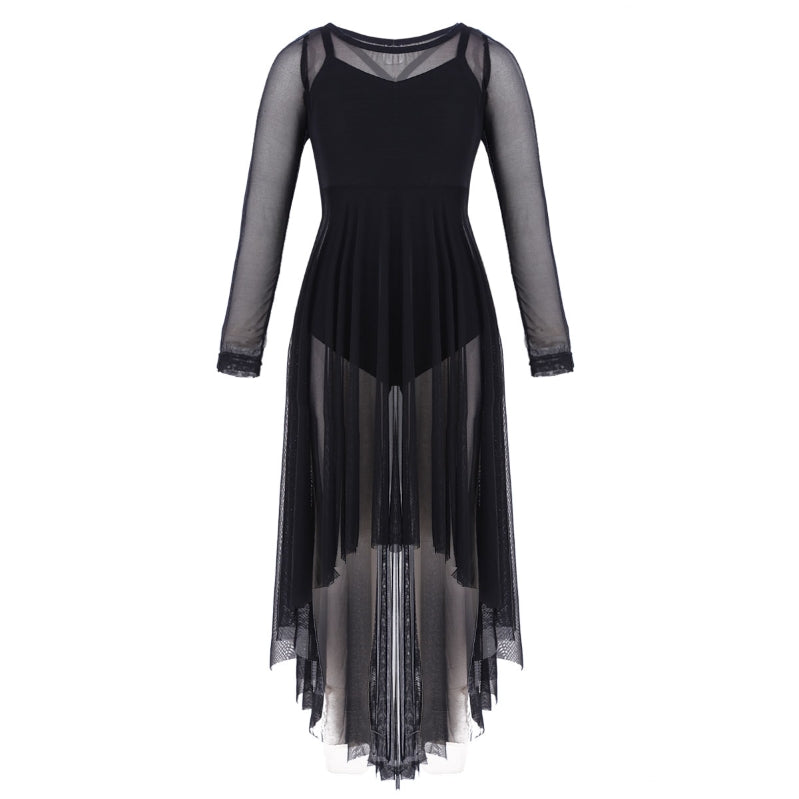
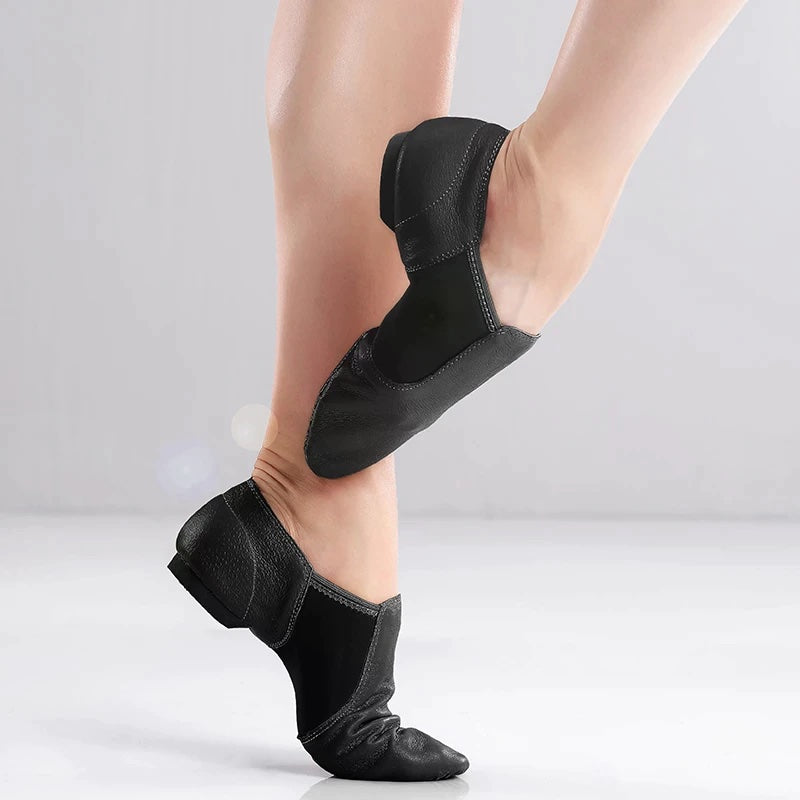
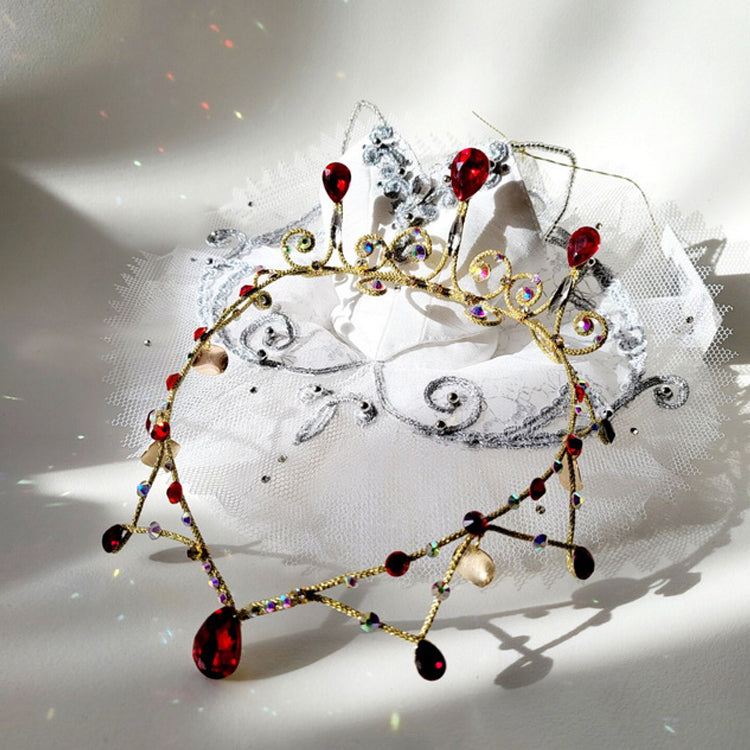
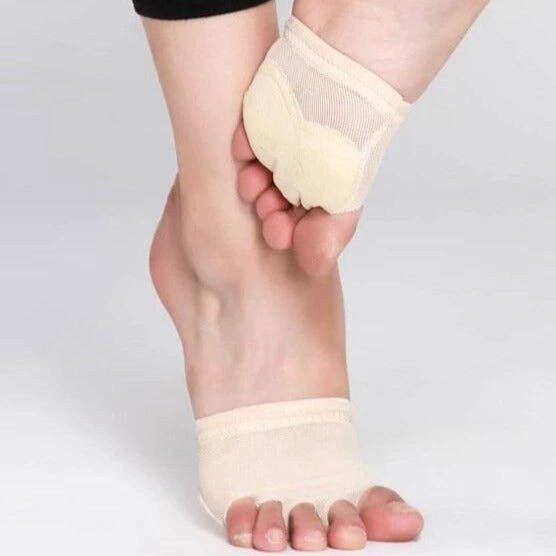

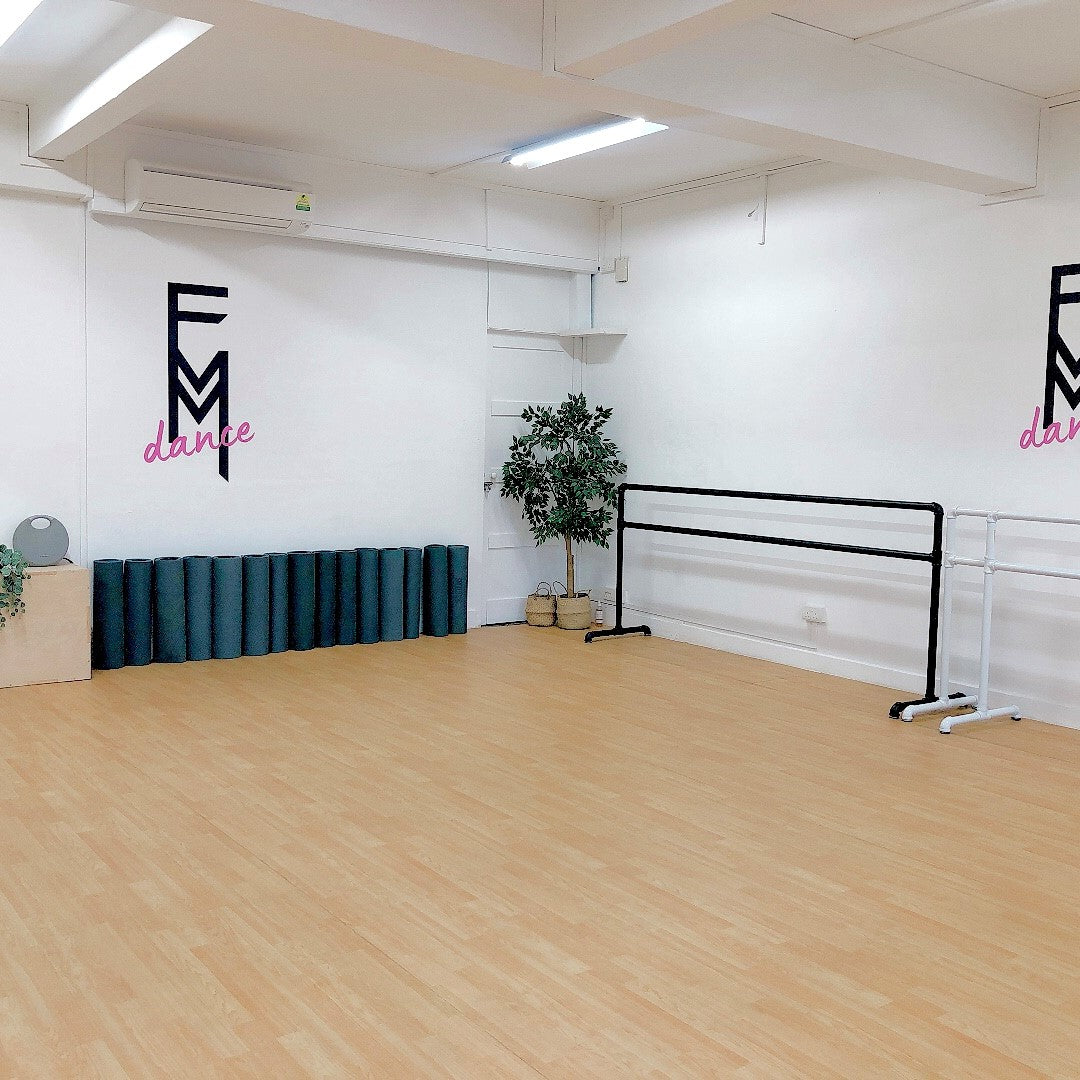

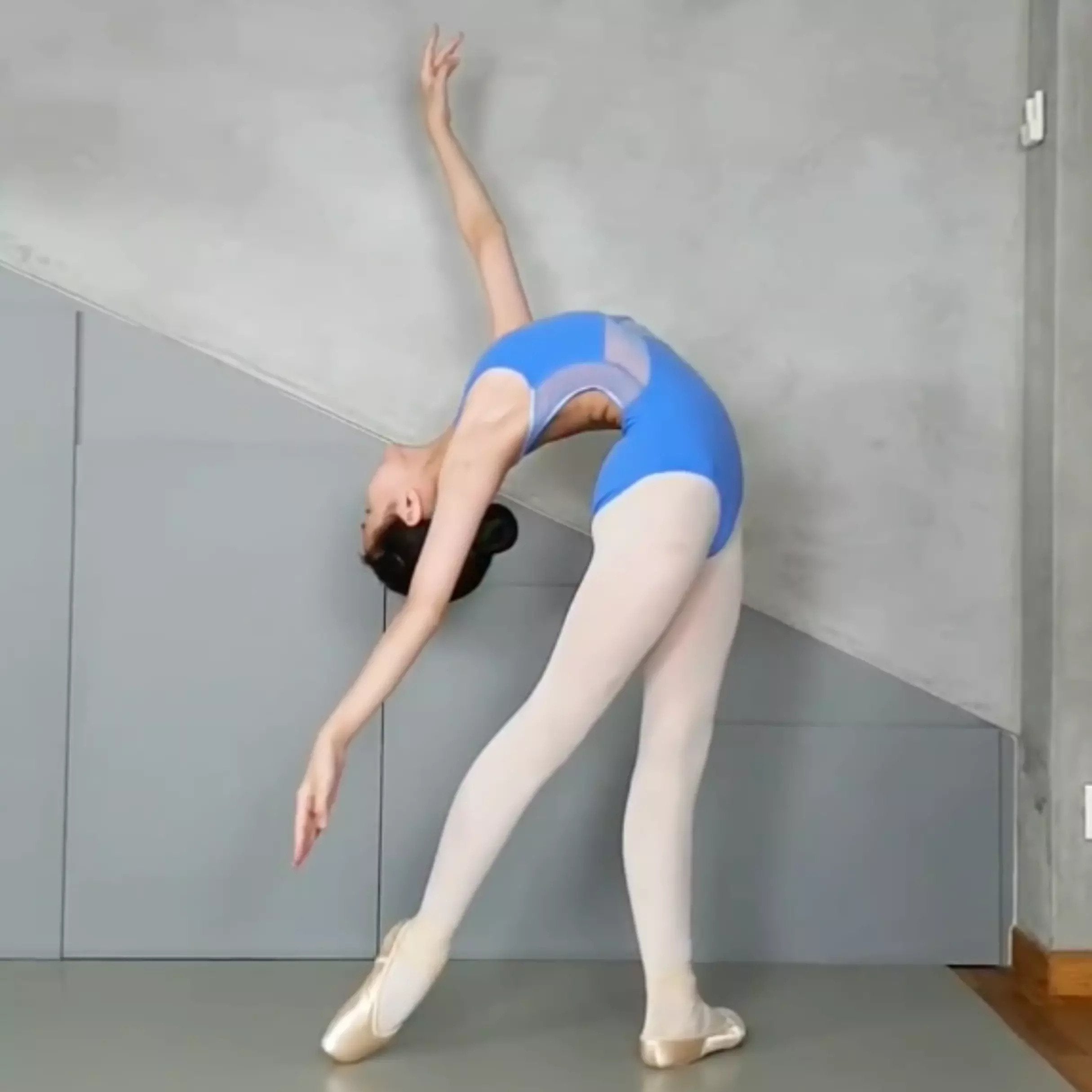
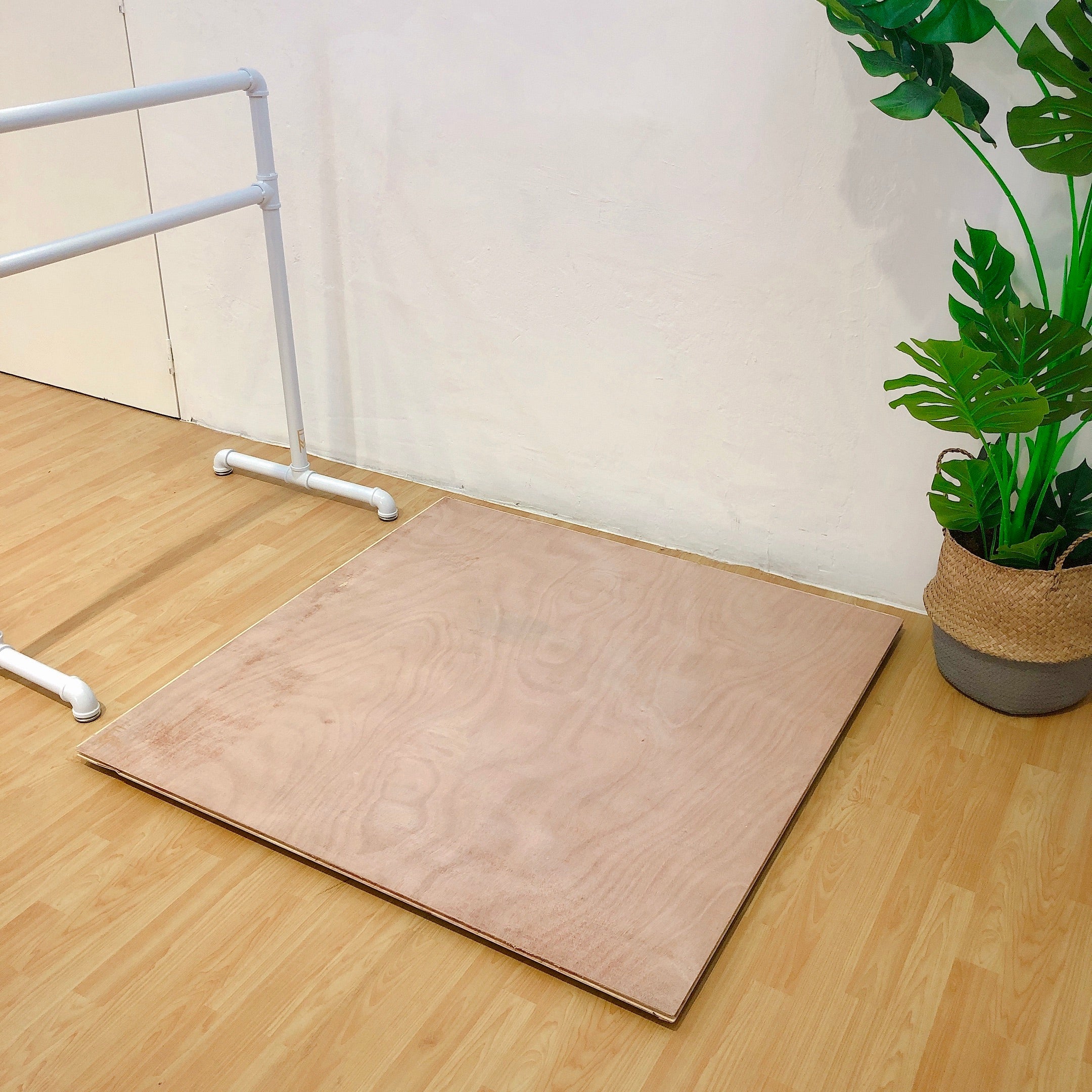


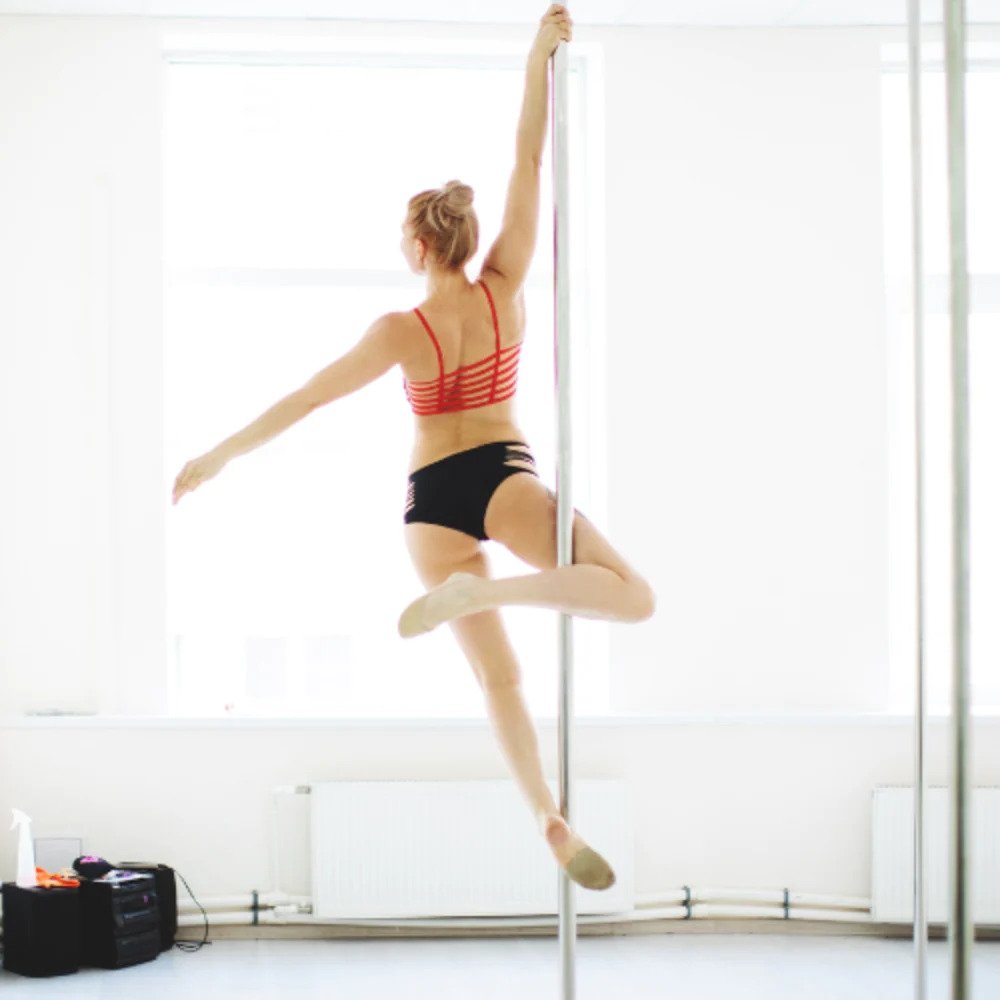
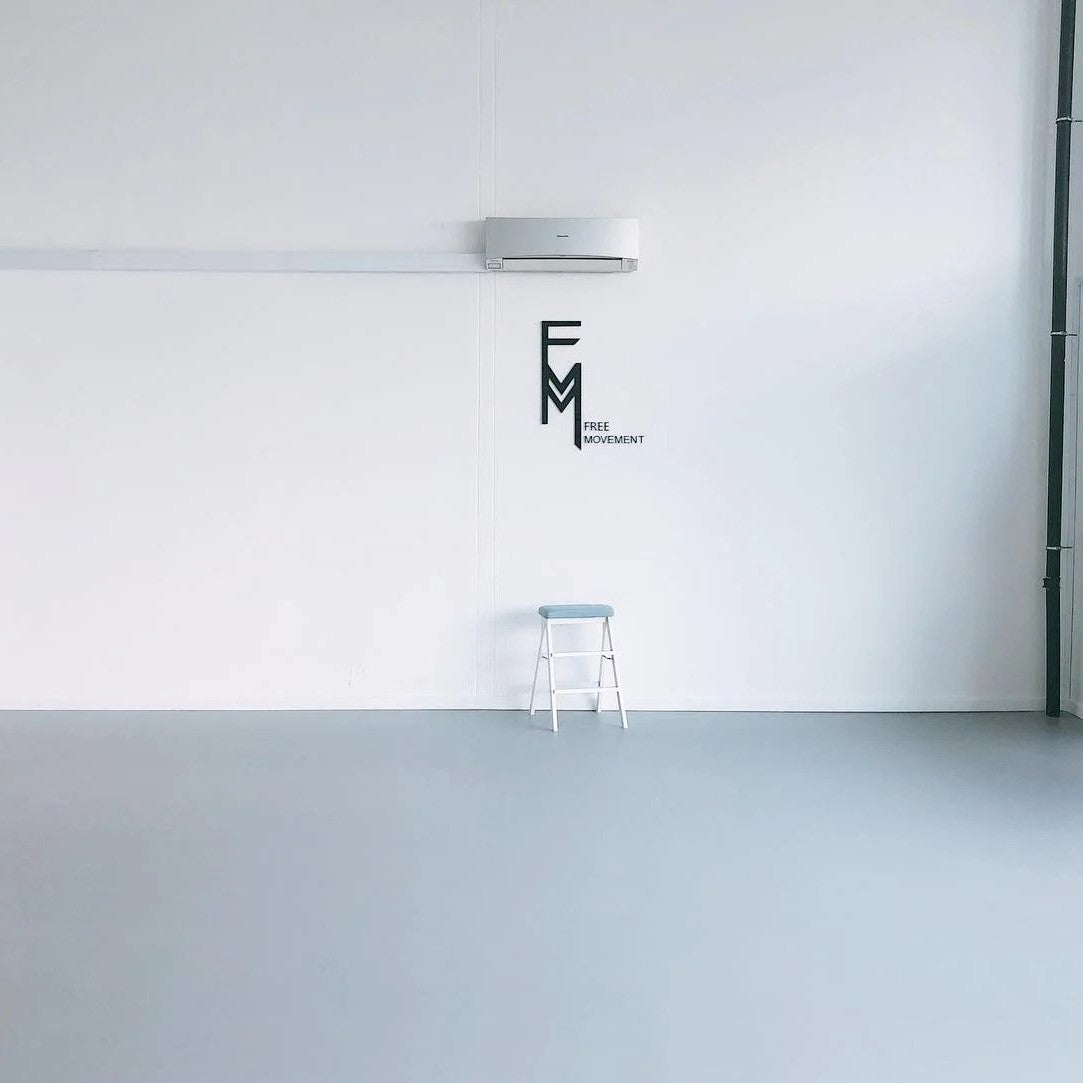

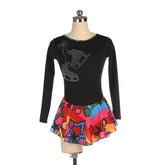
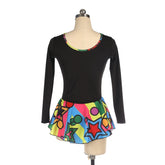
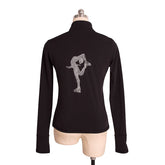
Leave a comment
Please note, comments need to be approved before they are published.